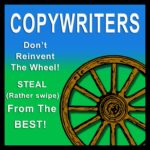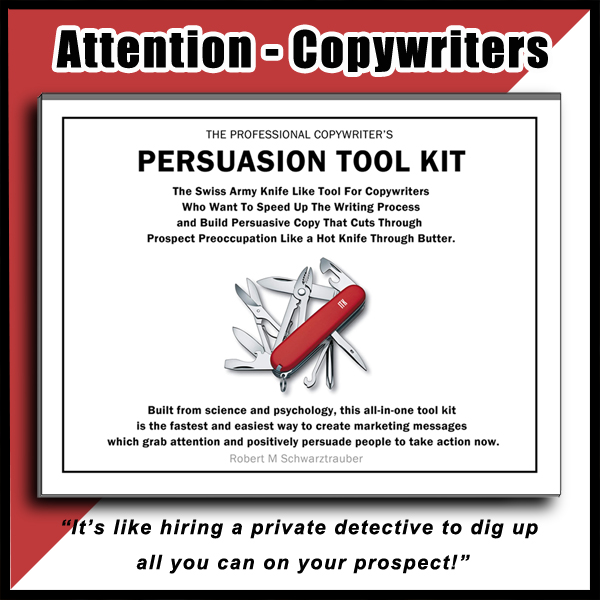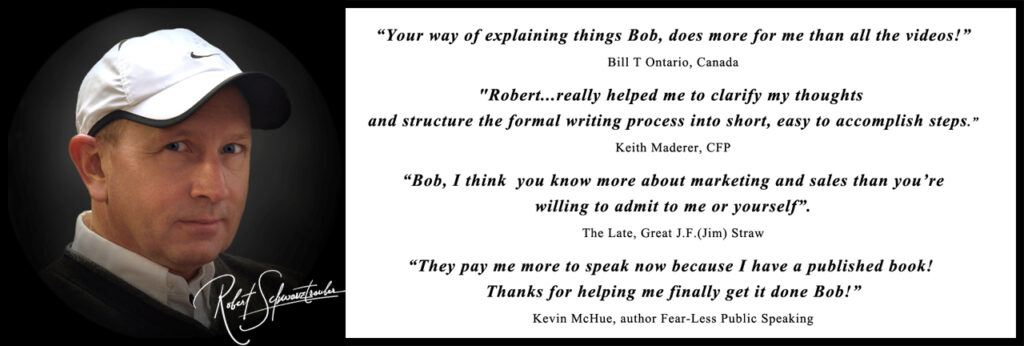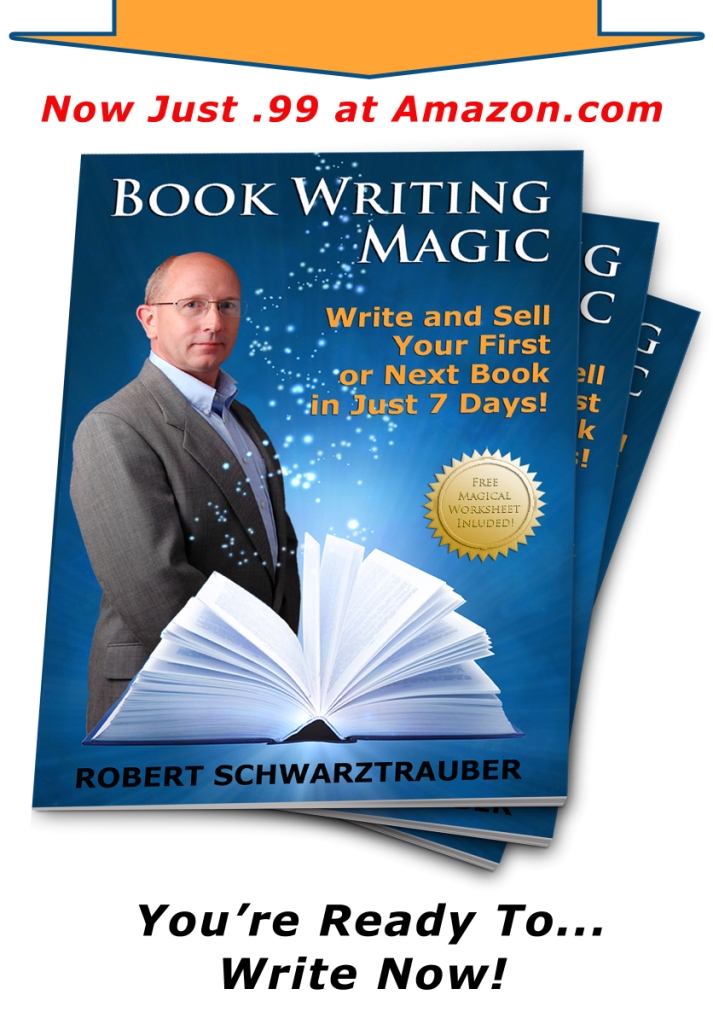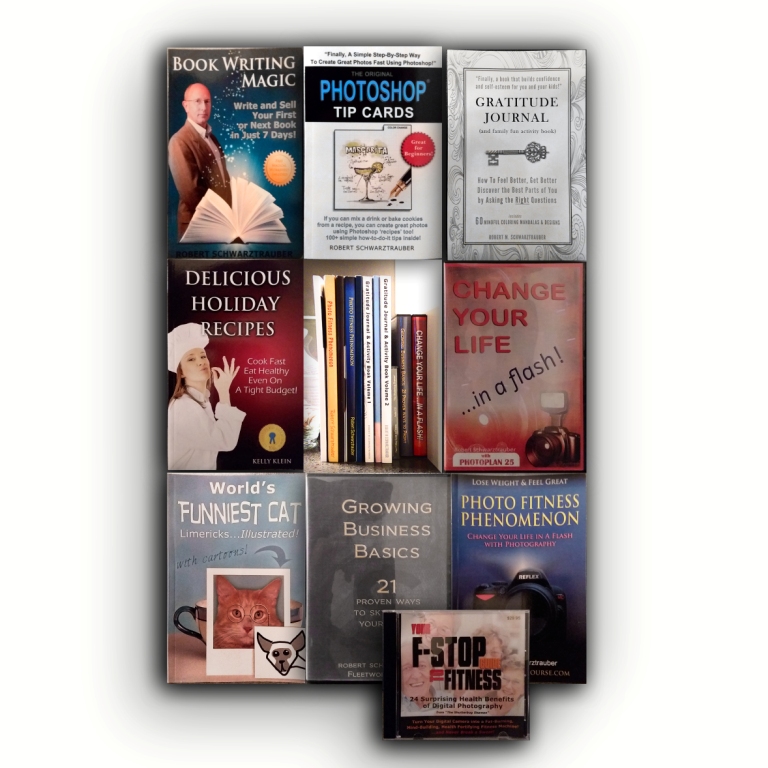
Copywriting Examples-How Rebellion Boosts Sales

“You don’t tell me what to do!”
Those were the exact words my 9 year old mouth screamed at my dad, just seconds before I found out how naive I was.
We all have a little rebel inside us.
As kids, we can’t wait to break free from rules and expectations to do things our own way. For most of us, that bright spark of rebellion dims as we grow older. As we become “more responsible”.
But deep down, where some of the most powerful urges and emotions are supressed, we all still crave those opportunities to break conventions, defy the status quo, make our own path and “stick it to The Man!”.
“Sure. What the hell!”
Savvy marketers tap into this powerful, innate human desire for rebellion.
Positioning their brand as an alternative, the underdog, or challenger to the mainstream. They entice us to buy in and be part of a movement against the grain.
From 7Up to Apple, some of history’s most successful ad campaigns leveraged this rebellious spirit to drive brand growth and boost sales. To great success.
What makes these rebellion-based campaigns so effective?
More importantly, how WE can use those lessons to infuse a spirit of constructive rebellion into our own marketing efforts?
Copywriters Tap Into the Urge to Break Rules
~ ~ ~
Rules were meant to be broken. As kids, we heard this message constantly from peers, popular media, even indirectly from the very parents who set boundaries we couldn’t wait to cross.
The urge to break rules and expectations is strong in childhood and adolescence. But it doesn’t disappear entirely as we become adults. We still crave opportunities to color outside the lines, break convention, and forge our own path. Especially if we can do it in the company of similar rebellious others – as a group.
Smart marketers realize this and position rule-breaking behaviors as a way to satisfy our inner rebel.
Here’s a great example:
7Up – “The Uncola”
7Up branded itself as the “Uncola” in the 1970s campaign. They positioned the brand as a rebel upstart challenging Coke and Pepsi’s grip on the soda market.
The underdog narrative let 7Up and their un-brown, clear, refreshing lemon-lime soda carve out a niche as the anti-establishment soda of choice. Ultimately securing the #3 position in a very crowded (and profitable) soft drink market.
Copywriters Position Brand as an Underdog
~ ~ ~
Rooting for the underdog is natural for most of us. We inherently support those taking on the dominant powers, overcoming the odds stacked against them.
This goes all the way back to the story of David and Goliath. Brands that successfully frame themselves as an underdog alternative to a mainstream industry giant can leverage this to great effect.
Avis – “We Try Harder”
Up against the huge juggernaut, Hertz Rent-A-Car in the 1960s, Avis smartly embraced their underdog status. Their “We Try Harder” campaign by ad agency, DDB (Doyle-Dane-Benbach) appealed to consumers who wanted an alternative to the complacency and entitled nature of Hertz. This marketing strategy proved a huge win for Avis.
Copywriters Empower Rebellion Against Convention
~ ~ ~
Rebellion isn’t always negative. Rebelling against outdated conventions, broken systems, and restrictive stereotypes can empower change and progress. Brands that tap into this change-enabling spirit of rebellion can build strong connections.
Apple – “Think Different”
Apple revived its famous rebel campaign in the early 2000s but shifted the context. This time, positioned as empowering rebels who challenged conventions and changed the world through innovation. The ads made Apple computers tools for real, positive change.
Apple continues to this day to be the alternative choice (against Android phones) with the iPhone. Apple users as a worldwide group or “cult” comprise one of the most loyal groups of repeat brand buyers in history.
It should come as no surprise that the company was founded on Steve Jobs own “rebellious” personality. This powerful positioning and consistency of message has led Apple to become one of the biggest, most profitable companies of all time.
Copywriters Fan the Flames of Youth Rebellion
~ ~ ~
As we grow up, rebellion often manifests as teens actively rejecting parental values and preferences in a quest to forge their own identity. Brands that embed themselves early into this youth rebellion dynamic can earn lifelong affinity.
Volkswagen – “Think Small”
This minimalist ad campaign by Doyle Dane Bernbach positioned the small Volkwagon Beetle as a rebel against bloated, oversized American cars. Sales went from 2k in 1960 to 400k per year by 1970. Helmut Krone conceived the ad and inspired rebellious, 1960’s hippies everywhere to buy the now iconic Beetle Bugs and later the VW busses.
Copywriters Disrupt and Challenge the Dominant Player
~ ~ ~
Sometimes the most straight-forward rebellious move is to position your brand as a disruptive alternative to the lead player. Against the fat, arrogant king who is complacent atop the market. Consumers love to rally behind the rebel working to dethrone the king.
Federal Express – “When It Absolutely, Positively Has to Be There Overnight”
FedEx’s campaign focused on their reliability of overnight delivery, enticing rebellious business customers away from the slower and often unreliable postal services. It propelled FedEx’s growth by tapping into the professionals urgency to rebel against slow, outdated, unaccountable delivery systems.
Dollar Shave Club
With its viral 2012 video, Dollar Shave Club challenged the dominance of overpriced razor giants like Gillette. It disrupted the market by appealing to economically rebellious customers, eager for an affordable, no-frills alternative. This strategy worked to great success for Dollar Shave and can be adapted for almost any product.
Trump
Our collection wouldn’t be complete without a mention of Donald J Trump.
This real estate developer, “The Apprentice” TV star, and a contentious celebrity figure inspired a nation not so long ago to rebel against the status quo in Washington, DC – and vote him in as President of The United States of America.
While many are appalled by his braggadocious personality, his tactics, and his policies, few can dispute the effectiveness of calling upon the rebellious nature of humanity to acheive his ultimate goal.
He sold a nation on rebellion.
Ultimately though, he went too far in his bid for re-election. Trump now finds himself entangled in a multitude of serious legal battles stemming from the re-election insurrection.
Rebellion is a powerful motivating force. Safe and effective when used properly, like fire or electricity. But when handled carelessly, can lead to catastrophic results.
Key Takeaways On Using Rebellion in Copywriting
~ ~ ~
Rebellion is a powerful psychological force across all life stages. When incorporated authentically, and ethically it can dramatically boost a marketing campaign’s effectiveness.
Some key tips:
– Align with specific types of rebellion that resonate with your target audience. Youth, women, professionals etc. may be motivated by different rebellious desires. Understand these desires.
Many use The Copywriter’s Persuasion Toolkit to uncover even the deepest, hidden desires of a target market.
– Don’t force it. Rebellion only works when integrated into campaigns organically and sincerely. Avoid pushing rebellion where it doesn’t belong.
– Lead customers to rebel only FOR your brand. You don’t want to inspire a counter rebellion simultaneously against it.
Rebellion should empower people towards your brand, not alienate an equivalent faction through overly polarizing messages.
Show your prospect what’s possible. A transformation for the better. Give them a choice. Show them how choosing you can be the better alternative.
Next time you create a campaign, consider opportunities for incorporating the powerful spirit of rebellion. Rebellion can be a powerful tool, when used appropriately in a marketing campaign.
It may, in fact, be the key ingredient which disrupts your entire industry and advances your marketing success.
Need a full compliment of tools for the copywriter?
The Copywriter’s Persuasion Toolkit will help you get the job done right.
To your success!
– Robert Schwarztrauber
